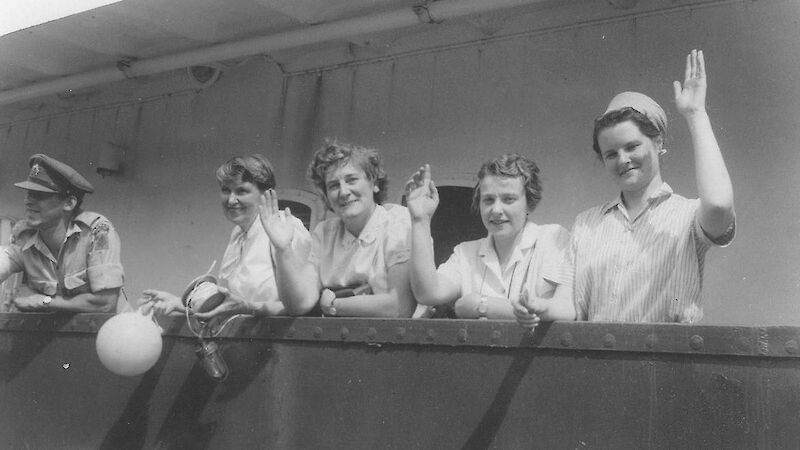Antarctic achievements
Susan Ingham was an early pioneer in sub-Antarctic science conducting her own field-based research at Macquarie Island. She authored a number of significant papers on the wildlife at Macquarie Island that are still cited by researchers today.
On graduating with a science degree, Ingham came to Australia from the United Kingdom in 1956 to join the Antarctic Division. In her role as biological secretary, she undertook planning for the Division’s scientific programs. She liaised with scientists, universities and other research organisations focusing on the logistics of scientific projects. In addition, Ingham supported other scientists’ research by writing up the basic work of scientific projects as well as data checking and analysis.
At this time, only men had travelled to the sub-Antarctic and Antarctic with the Australian National Antarctic Research Expeditions (ANARE) program. Vowing to change this, Ingham marched into the Director Phil Law's office to request that she be allowed to join the 1959 Macquarie Island resupply.
Independently from Ingham, three other female scientists had written to Law with the same request. Since together they would fill a cabin, Law agreed to send all four women. Along with fellow scientists, Hope Macpherson, Mary Gillham and Isobel Bennett, Ingham travelled to sub-Antarctic Macquarie Island for the 1959 summer season, the first women to travel south with the program. Their voyage caught the attention of the Australian media, and the 4 women were interviewed before their departure.
It was early days for the seal and bird programs at the Antarctic Division and Macquarie Island provided an ideal setting for studying sub-Antarctic wildlife. Ingham’s field-based research allowed her to travel to Macquarie Island with ANARE again in 1964 and 1965.
In the 1960s, Ingham worked for the CSIRO Division of Wildlife Research as an experimental officer, where, under a secondment to Mawson Institute of Antarctic Research (University of Adelaide), she continued to undertake data analysis and planning for Macquarie Island scientific projects. This included the seal and royal penguin population counts, and giant petrel bird-banding. During this time, she authored a number of significant papers on southern elephant seals and seabirds.
Awards & honours
Lake Ingham in the northern part of Macquarie Island is named in recognition of her work.

